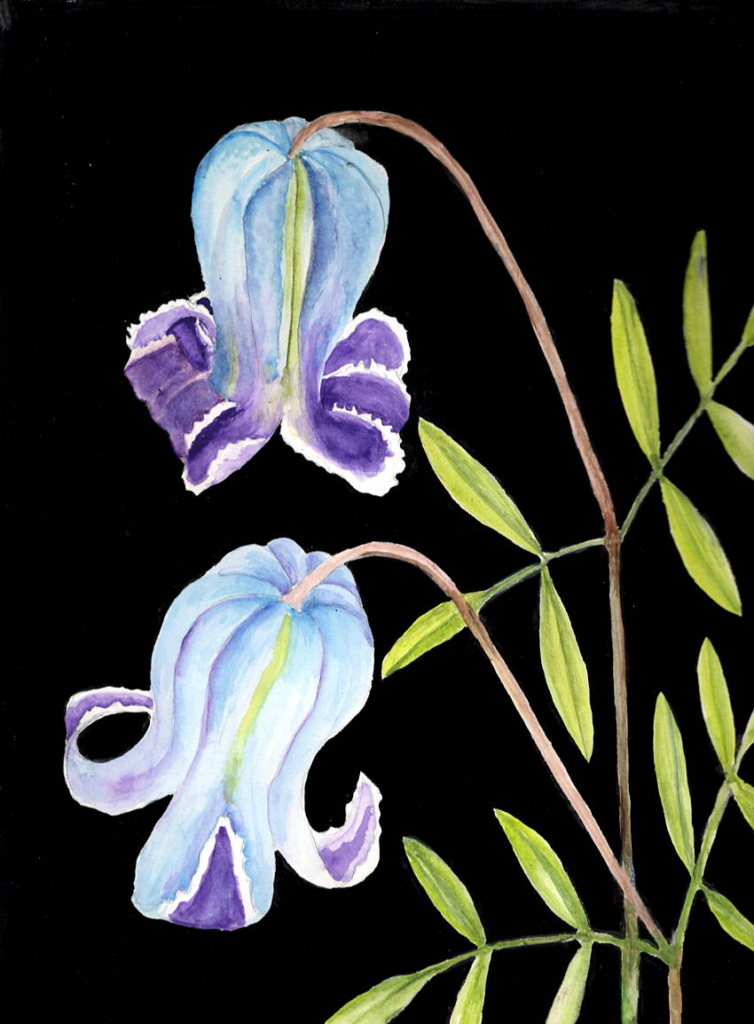Generally when botany students are trying to identify a plant, they like to believe that they have found something wonderfully unusual. The rule of thumb, though is that common plants are commonly found while finding a rare plant is ….welll….a rare occurrence.
So, in 1982 when the then 21 year old Jim Morefield thought he had found something rare and endangered, it didn’t create much of a stir – until scientists from Vanderbilt University confirmed that he had actually found a species that had never been seen before. The very rare and federally endangered clematis that he found was eventually named for him: Clematis morefieldii.

Morefield’s clematis
Morefield’s clematis, sometimes called Huntsville vaseline, is closely related to the endangered Alabama leatherleaf. Both grow in only a few counties in Georgia and surrounding states. In the case of Morefield’s clematis, the largest population is actually close to the city limits of Birmingham, Alabama. Some of the plants have been lost due to herbicides used in neighborhoods. Other plants have been lost as empty lots have been cleared to build houses or have been buried underneath invasive plants such as honeysuckle and kudzu. The habitat for the remaining population of these plants is fragmented, meaning pollinators have a hard time finding them. (Think of it like walking a long way to a candy store that only had one or two pieces for sale. It’s just not worth the effort.)

Alabama leather flower
Fortunately, the school children in Birmingham have become interested in this small endangered plant that grows so close to their homes. Third graders have written a play, book and song about the flower and convinced the mayor of Huntsville to write a proclamation about saving it. Also, fortunately, The Nature Conservancy has made great progress in buying land where this grows to protect remaining individuals.
As for the young botany student? Jim Morefield had a long and illustrious career as a rare plant botanist. He recently retired, having spent the last 31 years as head botanist for the Nevada Division of Natural Heritage, the branch of state government that collects information about rare and endangered plants in the state.

When asked why it’s important to protect every single species, Morefield answered, “we don’t know. And that is the reason to protect (rare species). We know what functions some plants perform in nature but we haven’t studied a lot of the rare plants, so we don’t know for sure what important functions they may perform.”
He goes on to say that they may perform an ecological role we just don’t know about yet or they may have medicinal value. But, he concludes by saying “They have their own value besides what they may or may not do for human beings.”
Reason enough, I think, to safeguard them for the future.
Don’t forget to go by the gallery at the Atlanta Botanical Gardens to see Imperiled Beauty: an art and information exhibit about Georgia’s rare and endangered plants.
